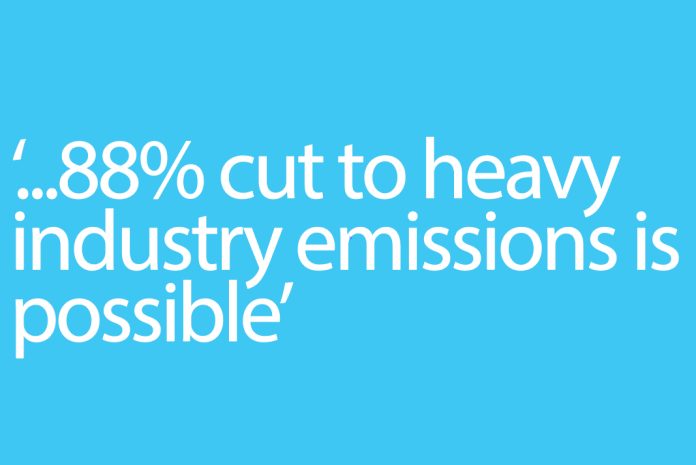
The research has been backed by 18 of Australia’s largest companies and aims to set up key regions for a transition to net zero emissions targets by 2050.
Major industrial regions – including Kwinana, Gladstone, Hunter, Illawarra, Kwinana and the Pilbara – have natural resources, baseline infrastructure and workforce that can be expanded to support Australia’s net zero transition, according to a report released on 20 June 2022.
The report, titled ‘Setting up industrial regions for net zero’, shows it is possible for these five regions to achieve an 88 per cent reduction in their current emissions, which together account for about one-eighth of Australia’s total emissions. This is the equivalent of removing all emissions from cars and light commercial vehicles across Australia.
The report has come out of a two-year collaboration between some of Australia’s largest companies as part of the Australian Industry Energy Transitions Initiative (Australian Industry ETI).
It was prepared for the Australian Industry ETI by not-for-profits Climateworks Centre, based at Monash University, and Climate-KIC Australia, which are co-conveners of the initiative.
The report shows that industrial regions can be major contributors to reaching state and national net zero emissions targets by 2050, while driving employment growth and building Australia’s climate resilience.
The Australian Industry ETI brings together key industry and finance participants to accelerate action towards achieving net-zero emissions in supply chains by 2050, across critical sectors known as ‘hard-to-abate’ given their high emissions and relatively higher abatement costs.
The 18 initiative participants represent approximately 30 percent of the ASX100 market value. They include Australian Gas Infrastructure Group, APA Group, Aurecon, AustralianSuper, BHP, BlueScope Steel, bp Australia, Cbus, the Clean Energy Finance Corporation, Fortescue Metals Group, HSBC, Orica, National Australia Bank, Rio Tinto, Schneider Electric, Wesfarmers Chemicals, Energy & Fertilisers, Westpac and Woodside Energy.
The Australian Industry ETI focuses on reducing supply chain emissions across five sectors: iron and steel; aluminium; LNG; other metals, including copper, nickel, lithium; and chemicals, such as fertilisers and explosives.
“Through this analysis of the decarbonisation potential of five important industrial regions where Australian Industry ETI participants are active, we have gained invaluable insights into the opportunities and on-the-ground challenges in the net zero transition,” said Australian Industry ETI Chair, Simon McKeon AO, Chancellor of Monash University, former CSIRO Chairman and former Australian of the Year.
“Australia can remain competitive in a decarbonising global economy. But this will require coordinated efforts across industry, governments and communities and also the finance and energy sectors. It will also need the alignment of policy, regulations and programs to create clear goals and investment confidence,” continued McKeon.
‘Setting up industrial regions for net zero: A guide to decarbonisation opportunities in regional Australia’ was published on 20 June 2022 and is available online at the Australian Industry Energy Transitions Initiative website.













